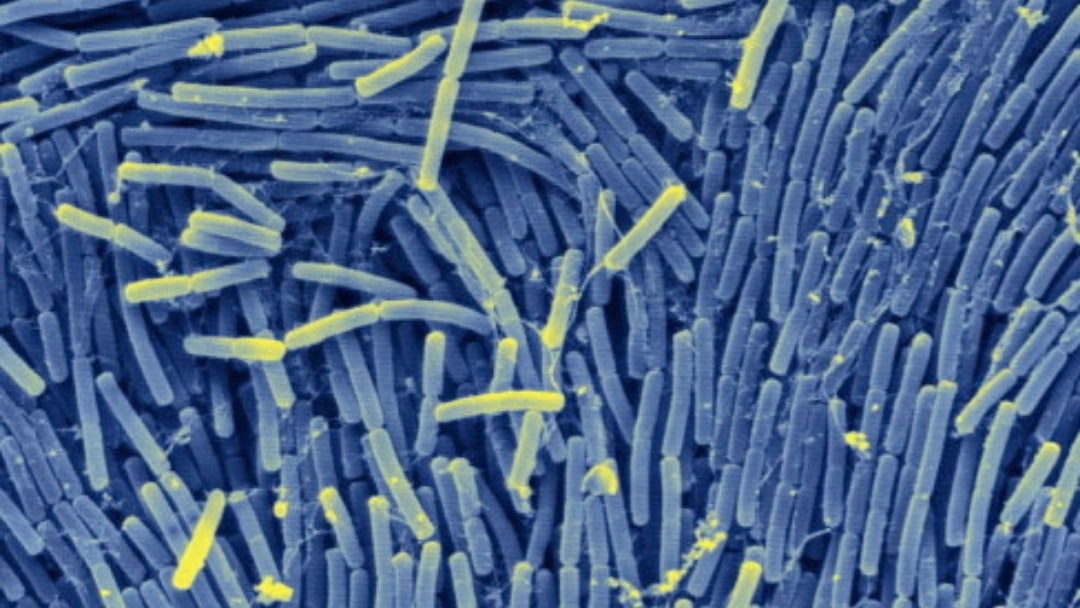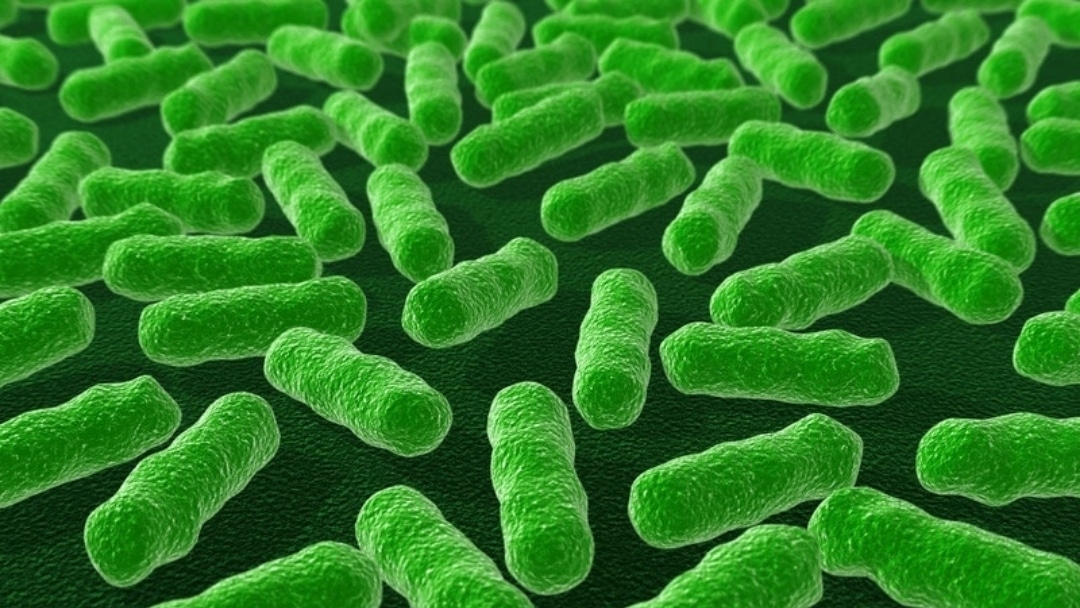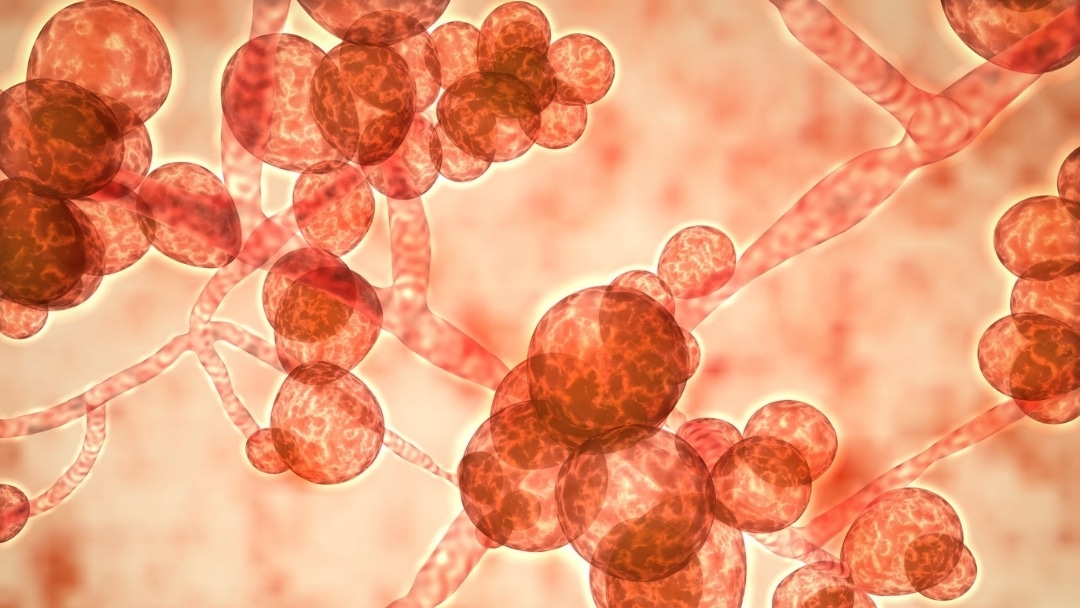The scientific literature claims that the human microbiome should be considered an organ or possibly a superorganism. It wasn’t until the 1990s that it was even discovered and now believed to have an overwhelming impact on human health.
The term “microbiome” is referred to by the experts as the collection of the genomes of microbes in a particular ecosystem. The term “microbiota” is referred to as the collection of organisms. In other words, the entire digestive tract is a living ecological community of microorganisms – over 100 trillion bacteria – which we call the microbiome.
What is even more astonishing is that 80% our immune system is created by the enteric bacteria or gut flora found in the microbiome of the intestines of the gastrointestinal tract.
There is a very intrinsic connection and complex interaction among the gut, the immune system and even the brain!
The Gut, the Brain and the Immune System
The gut and the brain are both part of the body’s autonomic nervous system that not only communicate with each other, but also with the immune system.
You might have heard the terms “gut/brain connection”, “the second brain”, and the “gut-brain axis“. These all refer to the communication between the central and enteric nervous system, the emotional and cognitive centers of the brain with the gastrointestinal system.
Ninety-five percent of the body’s serotonin and 50% of the body’s dopamine are produced in the gut. Just as neurons are found in the brain, they are also found in the gut. Consequently, if there are alterations in the functioning of the microbiome, then this connection is going to be disrupted and will affect not only the gut itself, but the brain and the immune system.
Nowhere is this more obvious than in children with autism spectrum disorders who clearly show behavioral abnormalities, cognitive deficits, developmental delays, sensory issues and immune dysregulation.
What’s in the Gut?
Derrick MacFabe MD, PhD, a Canadian researcher, was actually the first researcher to scientifically prove this gut-brain-immune connection through mouse studies. He discovered how gut bacteria can alter behaviors in children with autism.
Dr. MacFabe found that children with autism had a history of antibiotic exposure or hospitalization, gastrointestinal symptoms, abnormal food cravings and unique intestinal bacterial populations that were related to the severity of their symptoms.
His research on the role of enteric short-chain fatty acid fermentation products, in particular one strain called proprionic acid (PPA), a toxic metabolite of Clostridia difficile (C. diff), was found in the gastrointestinal tract of children with autism.
PPA is a compound of many gastrointestinal bacteria and a common food preservative. It and other metabolites of gut pathogens (colletively known as gut dysbiosis) can cause neurochemical changes that are all consistent with autism findings, such as:
- Neuroinflammation
- Oxidative stress
- Mitochondrial dysfunction
- Glutathione depletion
- Altered phospholipid/acetylcarnitine levels
The results from laboratory studies showed that rats treated with PPA developed behaviors similar to autism such as repetitive, perseverative, antisocial behaviors and seizures. What is clear about metabolites of gut pathogens is that many systems within the body are affected such as:
- Neurotransmitters
- Intracellular acidification
- Calcium release
- Fatty acid metabolism
- Immune function
- Alteration of gene expression
Environmental triggers may be part of gut dysbiosis, and it is quite clear that the role of the microbiome has an effect on metabolism, immune, mitochondrial function and gene expression in children with autism as well as those with other chronic health conditions.
Healing the Microbiome
Healing the microbiome can make many positive changes in your child, such as:
- Reducing histamine and inflammation responses
- Reducing the intensity of anxiety and depression (anger in many cases)
- Reducing the self-stimulatory behaviors
- Reducing head-banging and self-mutilating behaviors
- Reducing hand-flapping
- Reducing pacing and hyperactivity
- Reducing the number of meltdowns
- Reducing repetitive and obsessive compulsive behaviors
- Improving sleep issues
- Improving coping abilities
- Strengthening and improving the immune system
- Improving sensory processing
To test for imbalances in the microbiome, have your physician order an Organic Acid Test (OAT) and a Comprehensive Digestive Stool Analysis.
Change the Diet
Diet plays a big role in the elimination of gut pathogens in the gastrointestinal tract. A typical modern-day acidic diet of refined sugars, high fructose, simple carbohydrates, gluten, casein, transfatty acids, fast foods with chemical preservatives and all refined foods increase gut dysbiosis in the digestive tract and affect the brain and the immune system.
If your child is eating a high carbohydrate and rich food diet, then the likelihood of gut dysbiosis is much higher. Gut dysbiosis increases acidity and can create more physical symptoms as well as behaviors.
To lower levels of gut pathogens, give your child a diet rich in:
- Fermented foods and vegetables
- Kefir non-dairy yogurt
- Organic vegetables, fruits and protein
- Good quality fats
- Lots of prebiotics and probiotics
- A gut-healing diet
These will help heal the microbiome by alkalizing the gut and creating more butyrate in the gut which is necessary for healing. Restoring gut integrity and rebalancing the gut microbiota by healing the microbiome will improve brain functioning, reduce behaviors and keep the immune system stronger.
Still Looking for Answers?
Visit the Epidemic Answers Practitioner Directory to find a practitioner near you.
Join us inside our online membership community for parents, Healing Together, where you’ll find even more healing resources, expert guidance, and a community to support you every step of your child’s healing journey.
Sources & References
Bäckhed, F., et al. Host-Bacterial Mutualism in the Human Intestine. Science. 2005 Mar 25;307(5717):1915-20.
Clark, J.A., et al. Intestinal crosstalk—a new paradigm for understanding the gut as the ‘motor’ of critical illness. Shock. 2007 Oct;28(4):384-93.
de Goffau, et al. Fecal microbiota composition differs between children with beta-cell autoimmunity and those without. Diabetes. 2013;62(4):1238-44.
Microbial-host molecular exchange and its functional consequences in early mammalian life. Science. 2020 May 8;368(6491):604-607.
Grizotte-Lake, M., et al. Commensals Suppress Intestinal Epithelial Cell Retinoic Acid Synthesis to Regulate Interleukin-22 Activity and Prevent Microbial Dysbiosis. Immunity. 2018 Dec 18;49(6):1103-1115.e6.
Hanaway, P. Balance of Flora, GALT, and Mucosal Integrity. Alternative Therapies in Health and Medicine. Sep-Oct 2006;12(5):52-60; quiz 61-2.
Hrncir,T., et al. Gut microbiota and lipopolysaccharide content of the diet influence development of regulatory T cells: studies in germ-free mice. BMC Immunology. 9 (2008): 65.
Kitano, H., et al. Robustness trade-offs and host-microbial symbiosis in the immune system. Molecular Systems Biology. 2 (2006).
Korpela, K., et al. Maternal Fecal Microbiota Transplantation in Cesarean-Born Infants Rapidly Restores Normal Gut Microbial Development: A Proof-of-Concept Study. Cell, 2020.
Liu, Z., et al. Tight junctions, leaky intestines, and pediatric diseases. Acta Paediatricia. 94 (2005): 386-393.
Moser, L.A. Astrovirus Increases Epithelial Barrier Permeability Independently of Viral Replication. Journal of Virology. 2007 Nov;81(21):11937-45.
Nankova, B.B. Nicotinic Induction of Preproenkephalin and Tyrosine Hydroxylase Gene Expression in Butyrate-Differentiated Rat PC12 Cells: A Model for Adaptation to Gut-Derived Environmental Signals. Pediatric Research. 2003 Jan;53(1):113-8.
O’Hara, A.M., et al. The gut flora as a forgotten organ. European Molecular Biology Organization Report 7, no 7 (July 2006): 688-693.
Rautava, S., et al. The Development of Gut Immune Responses and Gut Microbiota: Effects of Probiotics in Prevention and Treatment of Allergic Disease. Current Issues in Intestinal Microbiology. 2002 Mar;3(1):15-22.
Rediers, H., et al. Unraveling the Secret Lives of Bacteria: Use of In Vivo Expression Technology and Differential Fluorescence Induction Promoter Traps as Tools for Exploring Niche-Specific Gene Expression. Microbiology and Molecular Biology Reviews. 2005 Jun;69(2):217-61.
Rowland, I.R., et al. Effects of diet on mercury metabolism and excretion in mice given methylmercury: role of gut flora. Archives of Environmental Health. Nov-Dec 1984;39(6):401-8.
Savino, F. Lactobacillus reuteri (American Type Culture Collection Strain 55730) versus simethicone in the treatment of infantile colic: a prospective randomized study. Pediatrics. 2007 Jan;119(1):e124-30.
Strauch, U.G., et al. Influence of intestinal bacteria on induction of regulatory T cells: lessons from a transfer model of colitis. Gut 54 (2005):1546-1552.
Vael, C., et al. Early intestinal Bacteroides fragilis colonization and development of asthma. BMC Pulmonary Medicine. 2008 Sep 26;8:19.
Wexler, H. Bacteroides: the Good, the Bad, and the Nitty-Gritty. Clinical Microbiology Reviews 20, no. 4 (October 2007): 593-621.
Williams, R.E.O., et al. The influence of intestinal bacteria on the absorption and metabolism of foreign compounds. Journal of Clinical Pathology. 1971; 5: 125–129.
Resources
Books
Galland, Leo. The Effect of Intestinal Microbes on Systemic Immunity. Excerpted from Power Healing. Random House, 1998.
Lambert, Beth. A Compromised Generation: The Epidemic of Chronic Illness in America’s Children. Sentient Publications, 2010.
Sachs, Jessica Snyder. Good Germs, Bad Germs: Health and Survival in a Bacterial World. Hill and Wang, 2007.




